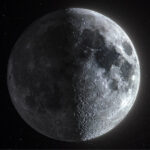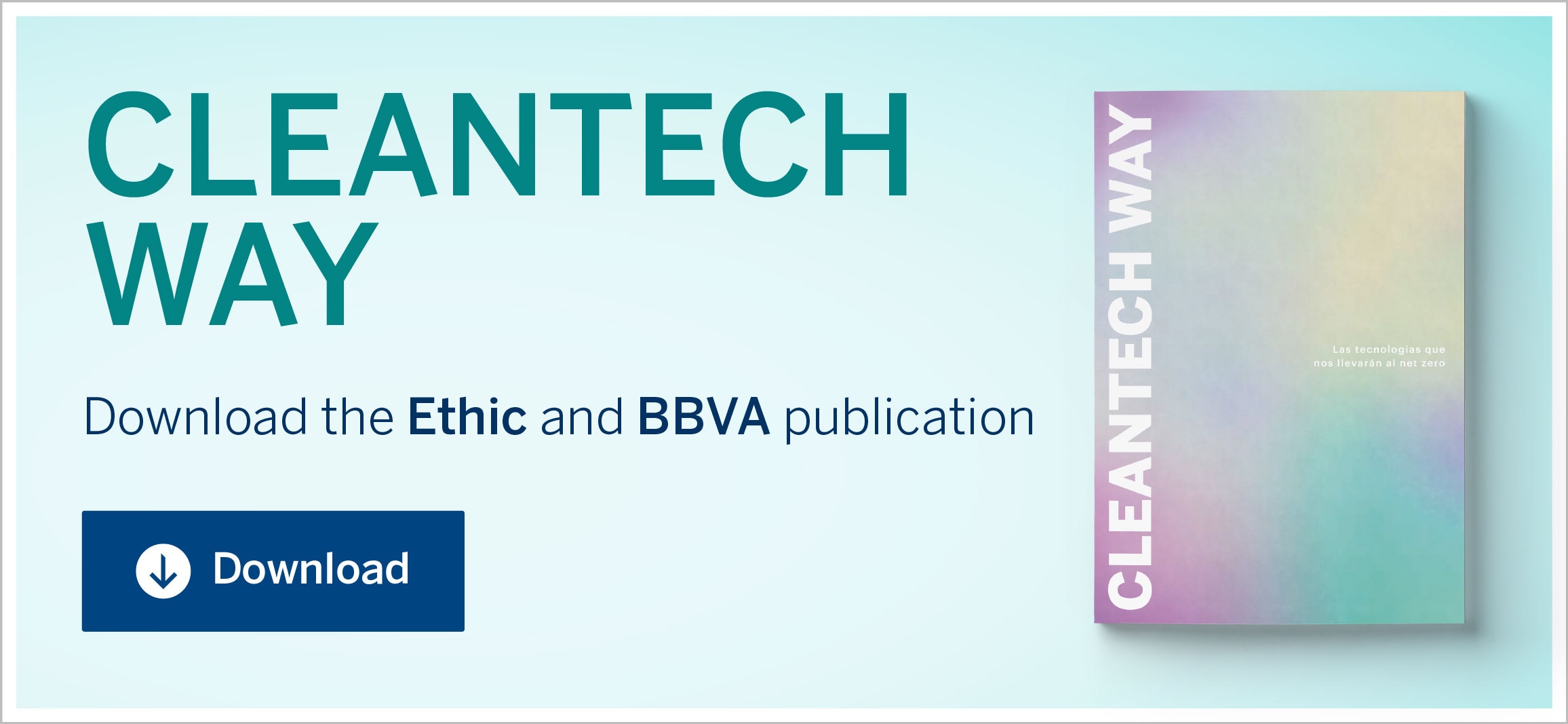Jonathan Geifman: "If we want to secure the future of the Earth, we need to expand into space"
Helios was established over six years ago as a project to produce oxygen on the Moon, but in its first steps it discovered by chance a responsible way to obtain iron as a by-product. It all started with a question. Jonathan Geifman —CEO of this Israeli tech company— and friends wanted to know why human beings had not returned to the Moon since the Apollo 17 mission in December 1972.

Despite the technological advances, there have been no new manned missions since then. They discovered that one of the most significant challenges is oxygen, essential for breathing and an oxidizing agent that makes it possible to burn fuel efficiently and generate the energy needed to propel a spaceship.In this interview, he explains how to extract oxygen from lunar soil and how they discovered that they could optimize steel production focusing on ironmaking and create new business opportunities.
QUESTION: Where did the idea to create Helios come from?
ANSWER: It emerged from curiosity and questions about why humans had not returned to the Moon since 1972. We asked ourselves why the lunar bases we see in science fiction do not exist and what prevented them from returning. When we started to look into it, we reached out to people at NASA and research centers in the U.S. We discovered a niche industry in the space sector called In-Situ Resource Utilization (ISRU). This industry focuses on technologies that make it possible to use the resources available in space. This is how we realized that NASA would need an essential element on the Moon: oxygen.
Q: Why is oxygen so crucial to return to the Moon?
A: Oxygen is crucial not only to be able to breathe, but also to burn fuel. Around 70% of the mass of a rocket or spaceship that travels between the Earth and the Moon is oxygen. Producing it on the Moon would save a lot of money. Oxygen is available in the minerals in lunar soil. Just like on Earth, sand and rocks contain oxygen that is chemically bounded to metals like silicon, iron, calcium, copper and aluminum. The same occurs on the Moon. The challenge is that humanity has refined these minerals with carbon for thousands of years, but there is no carbon on the Moon. So, we had to develop new methods to refine these minerals without carbon or hydrogen.
Q: What does the process you created entail?
A: Our primary process, the Helios Cycle™, is a patented innovation that uses an efficient and sustainable chemical reaction to reduce metallic oxides. We combine a metallic oxide (such as iron, copper or nickel) with metallic sodium at temperatures between 250˚C and 300˚C. This exothermic reaction transfers oxygen from the oxide to the sodium, generating pure metal powder and sodium oxide. We then use a patented process to break down the sodium oxide into oxygen and sodium. The oxygen is released as a valuable by-product, and the sodium is constantly recycled, making the process a closed loop.

Q: How did you discover the ironmaking process?
A: We obtained iron as a by-product of the chemical process during our space tech lab experiments. The efficiency of the process was a surprise, and after analysing it we realized we had an exciting opportunity to produce iron, which was different from our original idea of producing oxygen in space. Our iron production process does not emit carbon dioxide. Instead, it emits oxygen, making the production sustainable. Our goal is to mitigate the challenge of using humanity’s resources. Therefore, we have focused on steel production for the past four years.
“Our iron production process does not emit carbon dioxide. Instead, it emits oxygen, making the production sustainable”
Q: Is that your goal now?
A: We focus on developing and commercializing innovative technologies to produce iron and steel more cleanly and efficiently. In four years, we have made significant progress in the research and development of our technologies, scaling up from the laboratory to small prototypes and demonstrating its technical and economic viability. We are currently building a larger prototype to produce several hundred tons of iron per year. Our end goal is to be leaders in green iron and steel industry, both as technology providers and plant operators on a large scale. We have achieved significant milestones, such as producing high-purity iron powder with few impurities in the laboratory, and we are designing a large-scale prototype to reach industrial capacities. We are working on a demonstration plant to be operational by 2026, producing 500 tons of iron annually. It would be a global reference and validate our technology on an industrial scale. In the long term, we plan to start with a first commercial plant by 2028 —with the capacity to produce fifty thousand tons by the end of 2028—, and twenty million tons within a decade from now.
“Our end goal is to be leaders in green iron and steel industry”
Q: You were looking for an answer for the Moon and found a solution for Earth.
A: We developed a versatile technological platform that adapts to the various industrial processes, focusing on the sustainable production of metals like iron. This platform significantly reduces the environmental impact, uses cleaner and more efficient processes, promotes the circular economy by giving value to mineral waste, and represents a commitment to innovation to fight climate change and resource scarcity. Our technology could be applied to the production of other strategic metals, such as copper, nickel and cobalt, contributing to a more circular and sustainable economy. Our vision is ambitious: we want to transcend extraction on Earth and take advantage of extraterrestrial resources, such as oxygen production on the Moon.
Q: Is the future of humanity in space?
A: To ensure a sustainable future on Earth, we must expand into space. This will make it possible to reduce the environmental impact on Earth. We can imagine an ideal future centuries from now, where we only live and have fun on Earth. All heavy industry operates beyond our atmosphere. In this scenario, the Earth would house services, residences and jobs that do not require heavy industry. Mineral extraction, power generation and emissions would occur in places that do not affect the Earth’s environment. To achieve this goal, we must expand our presence beyond the Earth, developing the capacity to live on the Moon, in nearby space, Mars and beyond. This is a vision for the future.
